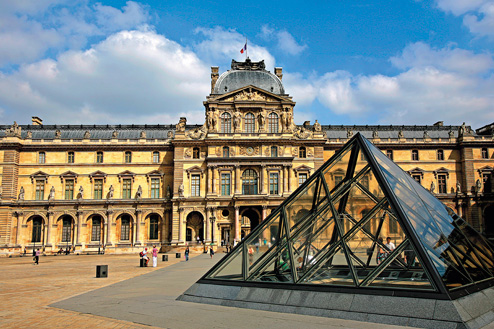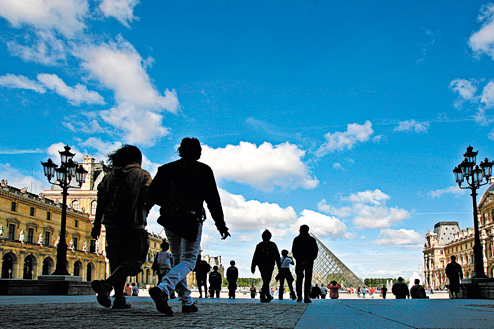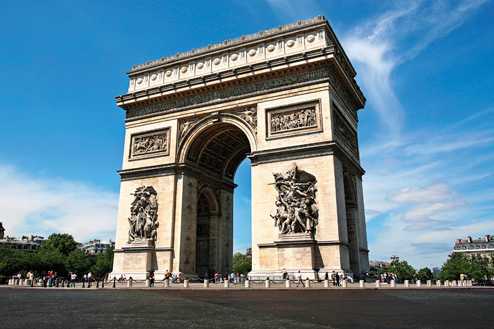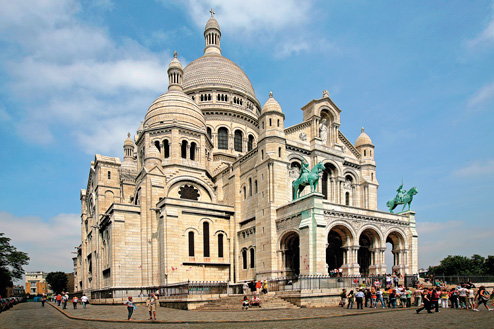Monceau
Not a geranium strays out of place along the balconies of Monceau, where the smart, slightly anonymous boulevards – Courcelles, Villiers, Malesherbes – sum up the Haussmann model to a tee. Until the mid 19th century, the Pleine Monceau was a rural backwater, within which lay the Duc d’Orléans’ private gardens. Graced by his ‘feudal’ ruins and antique temple, they’re now the Parc Monceau, and are at the heart of the quartier. At the north gate, the 18th century Rotonde is a leftover from the Wall of the Farmers-General. The park is framed by hôtel particuliers, including the captivating Camondo residence (known as ‘the Rothschilds of the East’). It’s now a museum.
Outside the east gate, the Musée Cernuschi houses the collection of oriental treasures amassed by Henri Cernuschi, which has swelled massively thanks to more recent acquisitions. But if you only have time to see one magnificent mansion built for a fabulously wealthy collector (or, in this case, two), make it the Musée Jacquemart-André. On boulevard Haussmann, the home of this 19th century magnate and his artist-wife contains an astonishingly rich collection, including works by Rembrandt and Botticelli.
The area has a few more eccentricities up its sleeve. At 48 rue de Courcelles, an improbable red pagoda was the home of Ching Tsai Loo, a successful Chinese antique dealer, (at the time of writing, Loo & Cie’s breathtaking interior was closed for renovations). On rue Daru, there are echoes of Mother Russia in the onion domes of the Alexander Nevsky Cathedral, built in the 1850s for neighbourhood Russians. Around the corner on rue Faubourg St-Honoré, the famous Salle Pleyel concert hall has been sumptuously restored.
Outside the east gate, the Musée Cernuschi houses the collection of oriental treasures amassed by Henri Cernuschi, which has swelled massively thanks to more recent acquisitions. But if you only have time to see one magnificent mansion built for a fabulously wealthy collector (or, in this case, two), make it the Musée Jacquemart-André. On boulevard Haussmann, the home of this 19th century magnate and his artist-wife contains an astonishingly rich collection, including works by Rembrandt and Botticelli.
The area has a few more eccentricities up its sleeve. At 48 rue de Courcelles, an improbable red pagoda was the home of Ching Tsai Loo, a successful Chinese antique dealer, (at the time of writing, Loo & Cie’s breathtaking interior was closed for renovations). On rue Daru, there are echoes of Mother Russia in the onion domes of the Alexander Nevsky Cathedral, built in the 1850s for neighbourhood Russians. Around the corner on rue Faubourg St-Honoré, the famous Salle Pleyel concert hall has been sumptuously restored.













